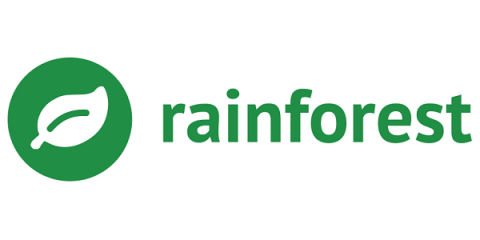Visual Regression Testing: 5 Best Tools to Catch Visual Bugs
Automated visual regression testing tools check for style issues and problems with the visual layer of an app or website. The benefit of these tools is that they can catch issues on the visual layer (the user interface of the website or app, which customers see) that may get missed by test scripts that only interact with the underlying code (the DOM).






